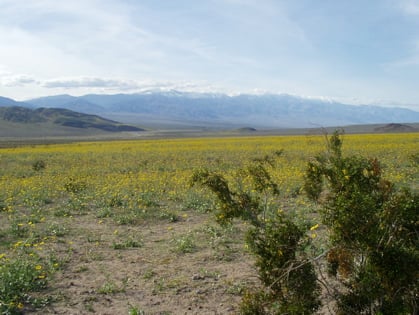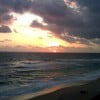- HubPages»
- Travel and Places»
- Visiting North America»
- United States
Death Valley Flowers: Spring Wildflowers in a Desolate Land
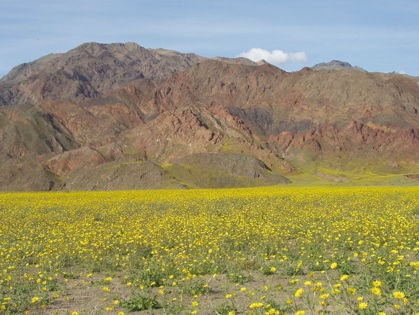
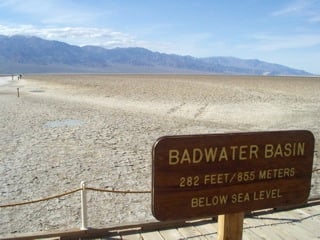
Death Valley National Park
:: A Tour of Death Valley ::
Not everyone would call Death Valley beautiful. It is a striking place, but it's not lush. It's not welcoming. Instead, it's a place of extremes in topography and temperature.
It's a place you go to feel very small and fragile, like a mere speck of life clinging to the surface of a harsh and indifferent landscape, like a trespasser in a place that was built on a different, grander scale than wherever you usually call home. It's a place you go to remember how much comfort certain parts of the natural world — such as water, trees and shade — actually provide, and how strange it feels to live in their absence.
In Death Valley National Park, the color green is a rarity. Instead, the palette of the landscape is mostly dusty shades of yellow, brown and gray that fade to purple at sunset, when the bright, blaringly hot blue sky switches over to inky blackness and fiercely twinkling stars.
Death Valley is in a remote, desert area of southeastern California, and while some of the first people to explore the area meant to exploit it by mining, it seems a hard place to plunder. It seems a hard place in which to hold onto the idea that the earth ever offers up its riches to us, or that the sun ever smiles upon us, or that anything other than dust springs from the ground.
Here, the tops of the high, craggy peaks in rise above an unusual, below-sea-level basin. Here, the air heats up far above the human comfort zone in the daytime, up past 100, then plunges at night. Here, the cracked, parched ground is a testament to the times of year when the rain stops and doesn't return for months.
At Badwater Basin, the lowest spot in North America, where the ground is 282 feet below sea level, even the mud doesn't survive long unparched.
It's not an easy place to enjoy.
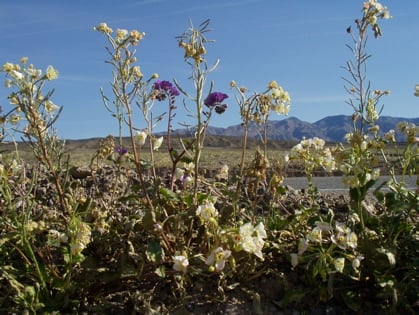
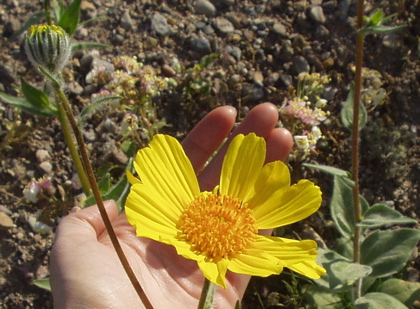
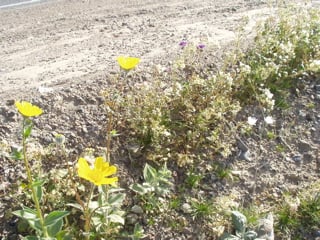
Hidden Beauty
:: Death Valley Flowers in Spring ::
Yet amid all this seemingly endless starkness, late winter
offers a change and a chance for a different kind of beauty to enter the Death Valley landscape.
For a brief time, after the rainy season ends and
before the baking heat of spring of summer begins, the weather is
actually temperate. And some years, if the conditions are just right,
Death Valley erupts with a wild show of wildflowers.
Starting
in February, the specks of green break out of the ground and grow
quickly, delivering a carpet of blooms, usually at their peak by March.
At higher elevations, flowers linger until early summer.
The very names of the flowers — pebble pincushions, gravel ghosts and desert stars — perfectly evoke the Death Valley landscape.
The
colors — mostly yellow, purple, and white — might appear muted in
another setting. But here, they might as well be shades of neon. Then
too, in some other place, these wildflowers might be considered weeds.
Here, these brave, rangy stalks draw swarms of tourists and
photographers, all very much in awe of something: in awe of
the tenacity, audacity and possibilities of life itself.
When to go
Fittingly for a place like Death Valley, the timing and scale of the
wildflower show is always unpredictable. The National Park Service offers frequent
updates throughout the spring, noting the required mix of rain and
warmth, but wildflower season in Death Valley will never be the kind of
phenomenon that neatly matches the human rhythms of vacation plans and
campground reservations.
But if you happen to be in
Southern California and hear that the Death Valley blooms are peaking,
for once, just drop everything, get in your car and go.
It's a sight to see. It's a study in contrasts, and it's amazing.
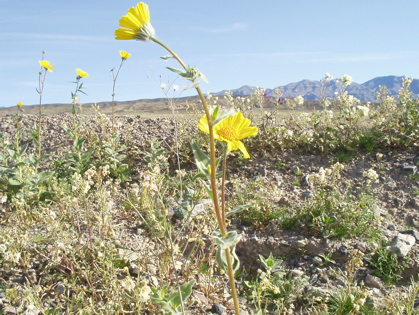
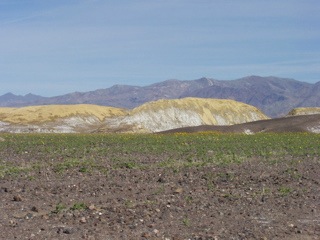
Visiting Death Valley
:: What You Need To Know ::
- Crowd alert: If the spring wildflower show is particularly spectacular, don't expect solitude. In 2005, a year in which decent winter rainfall led to a good wildflower show, a writer for the Los Angeles Times described the crowds that followed this way: "Some park rangers are fleeing to Las Vegas for peace and quiet.”
- Getting
to Death Valley: Badwater Basin is about six hours by car from Los
Angeles. Some of the roads there can feel very far from civilization
(gas, food, etc.) so be prepared.
- Check conditions: The National Park Service provides a regular update on the wildflowers during the spring. The latest 2011 update can be found here.
Read More By E. A. Wright
- Where To Find Flowers In Central Park In April
In Central Park, winter gives way to spring colorfully and obviously, with sprouts, shoots, buds and blooms in April. - California Trips: An Ideabook
All trips to California require some tough choices: what to see, and what to skip. The state is simply too expansive and varied to take in everything all at once. - Big Sur: Driving the California Coast
In Big Sur, towering mountains drop away to meet the crashing waves of the Pacific Ocean. It's some of California's most dramatic scenery. - California Freeway Melody: 10 Songs For A California Roadtrip
In California, life takes gasoline. Find proof in these 10 songs celebrating California's car culture. - Sweet Smelling Flowers: 7 Kinds of Fragrant Flowers
A guide to fragrant, sweet-smelling flowers: From lilacs to freesias, these flowers are treat for the nose.
